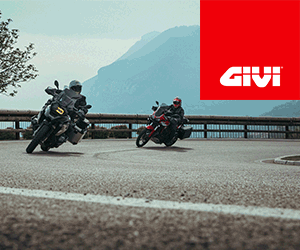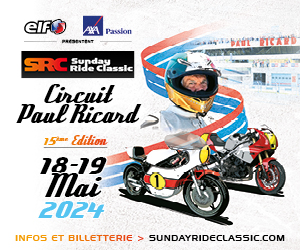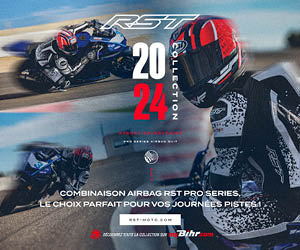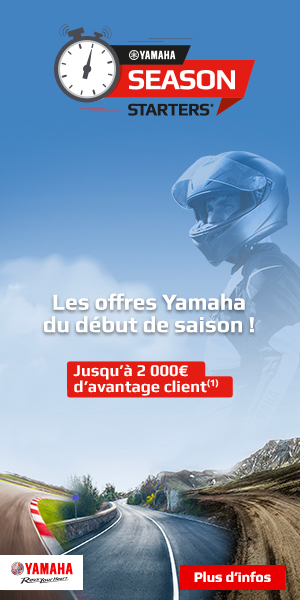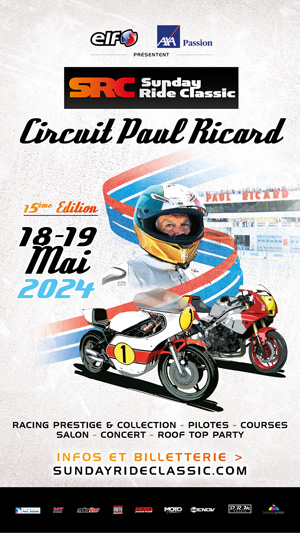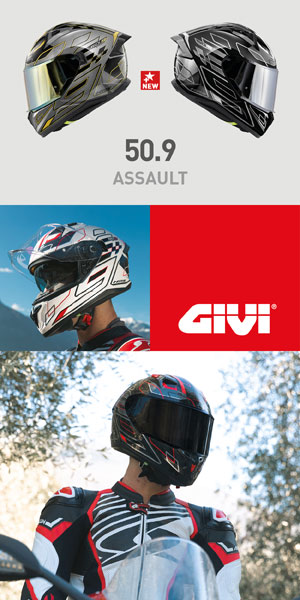Danilo Petrucci and Pol Espargaro managed to make the most of the unpredictable and wet weather conditions in France. And for this, they were able to adapt their driving style to the tires, to manage to maintain their temperature while controlling their wear.
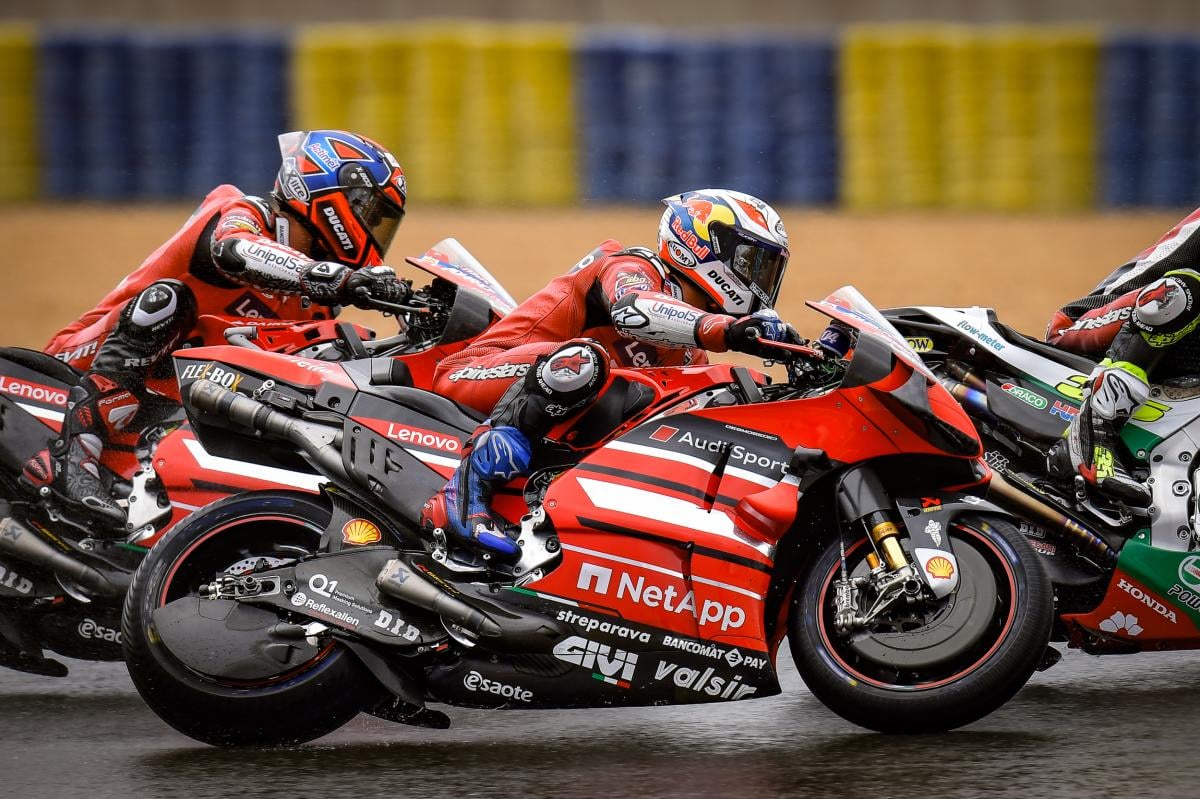
The Ducatis were in good shape in France. Throughout the weekend, Petrucci, Dovizioso and Miller were fast on both wet and dry tracks. But why did the Ducati perform so well at Le Mans? The Ducati is a “stop & go” style motorcycle, which means it likes hard braking and sharp acceleration zones as well as short, tight turns. The Le Mans circuit allows this to some extent, with most corners being relatively slow, switching to 2nd or in 3rd.
The Ducati's ability to brake and launch through these types of slow corners is its strong suit, and in the wet at Le Mans that was evident. In wet conditions lean angles are less and the key to preserving the tire is to straighten the motorcycle as quickly as possible, to get it running properly. Many riders have stated that if they use max power at a higher lean angle, the tire will start to spin, and the only way to prevent the tire from spinning uncontrollably is to straighten the bike at the right angle. exiting the turn.
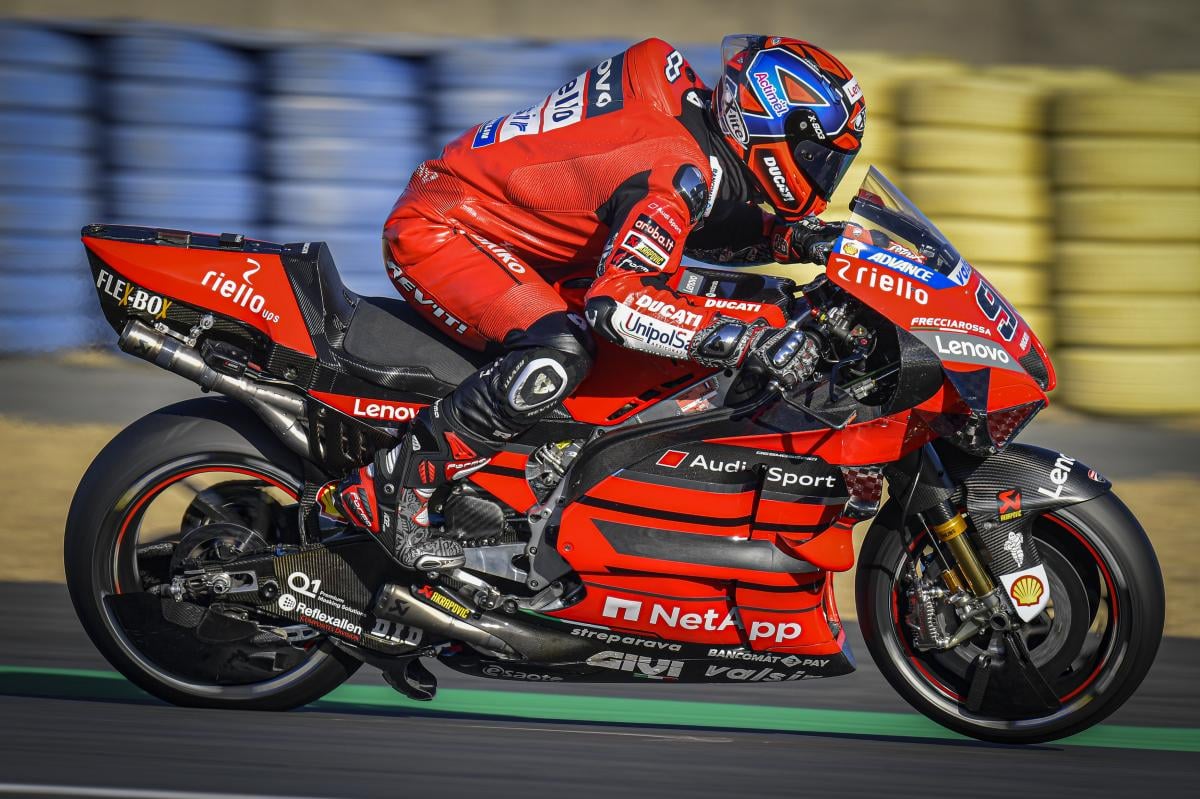
Let's dwell on a small difference between the Ducati in dry and wet conditions. The spoon, under the swingarm, is visible here. This provides some aerodynamic downforce to the rear of the bike. If you go back to the previous image, you'll see that the spoon has been replaced with a larger version. This version is only used on wet tracks as its main purpose is to divert spray away from the rear tire tread. So far Ducati has only used it in the wet, but they tested it in the dry in Misano with Michele Pirro.
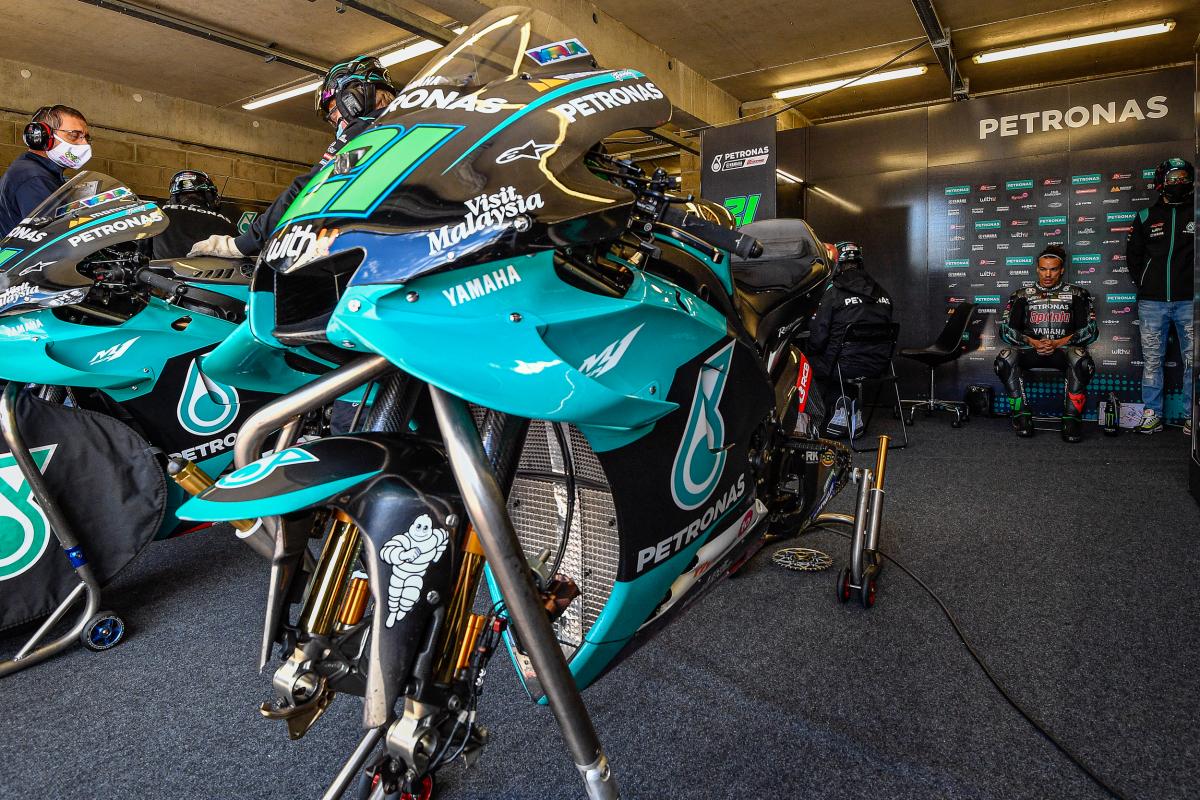
Here is the left half handlebar of Franco Morbidelli's Yamaha M1, on which we can see many parts. First we see the clutch lever, then just above it is the “Holeshot Device” lever, which also allows you to adjust the height of the chassis while driving. But that's not all: just under the handlebars is the lever for activating the rear thumb brake. This is a relatively busy setup!
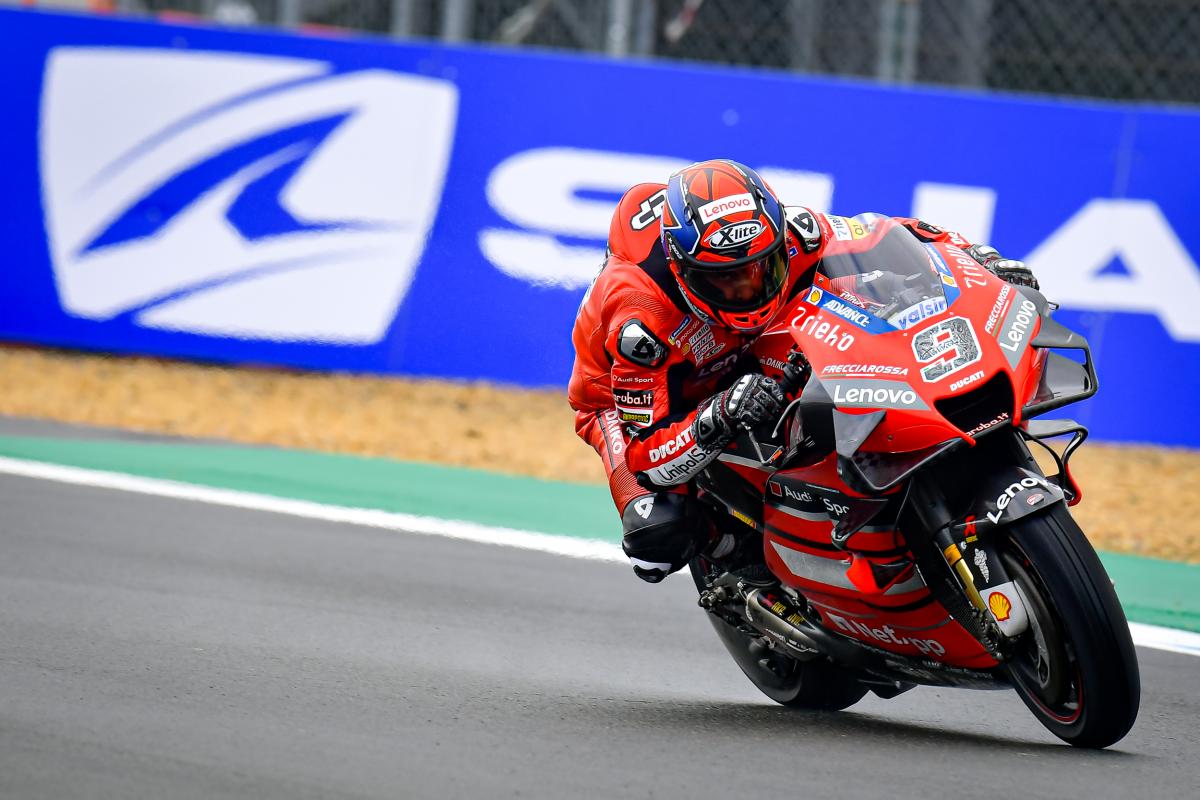
We talked about how riders need to straighten the bike to preserve tire life and improve handling. Here it is in practice during the race with here Danilo Petrucci. Andrea Dovizioso admitted to having misused his rear tire. During the last laps, he no longer had any grip, it is likely that the origin of his problem was due to taking a risk on the angle, by not lifting his bike enough when going around. . As a result, the tire was slipping and wearing out much faster.
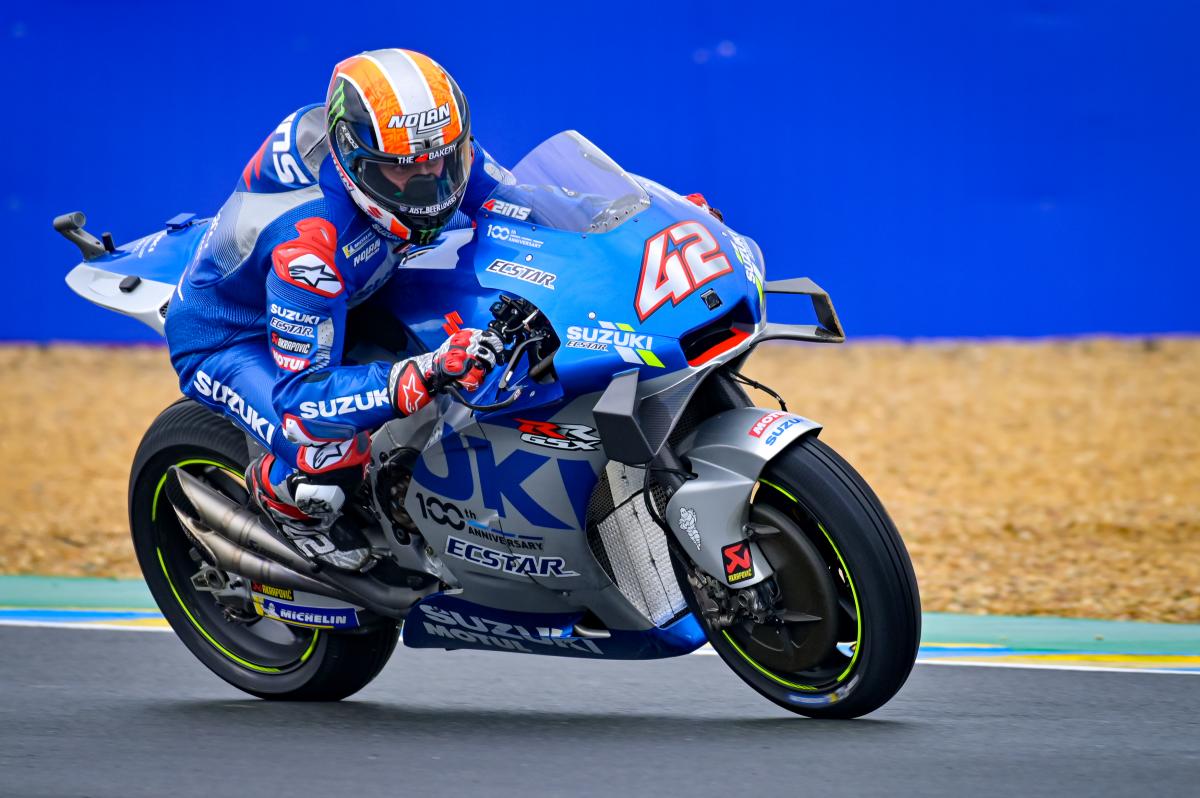
It was a story of ups and downs for Suzuki on Sunday. Rins enjoyed the wet conditions, but ultimately pushed too hard and ended up crashing at Turn 3, while Mir crossed the finish line in his first ever wet MotoGP race. It was a learning period for Mir, an experience from which he undoubtedly learned a lot.
We can highlight here the use of adhesive tape on the radiator. Crews cover parts of the radiator in wet conditions to ensure the engine stays up to temperature in colder conditions and also to prevent some of the water spray from entering the radiator surface.
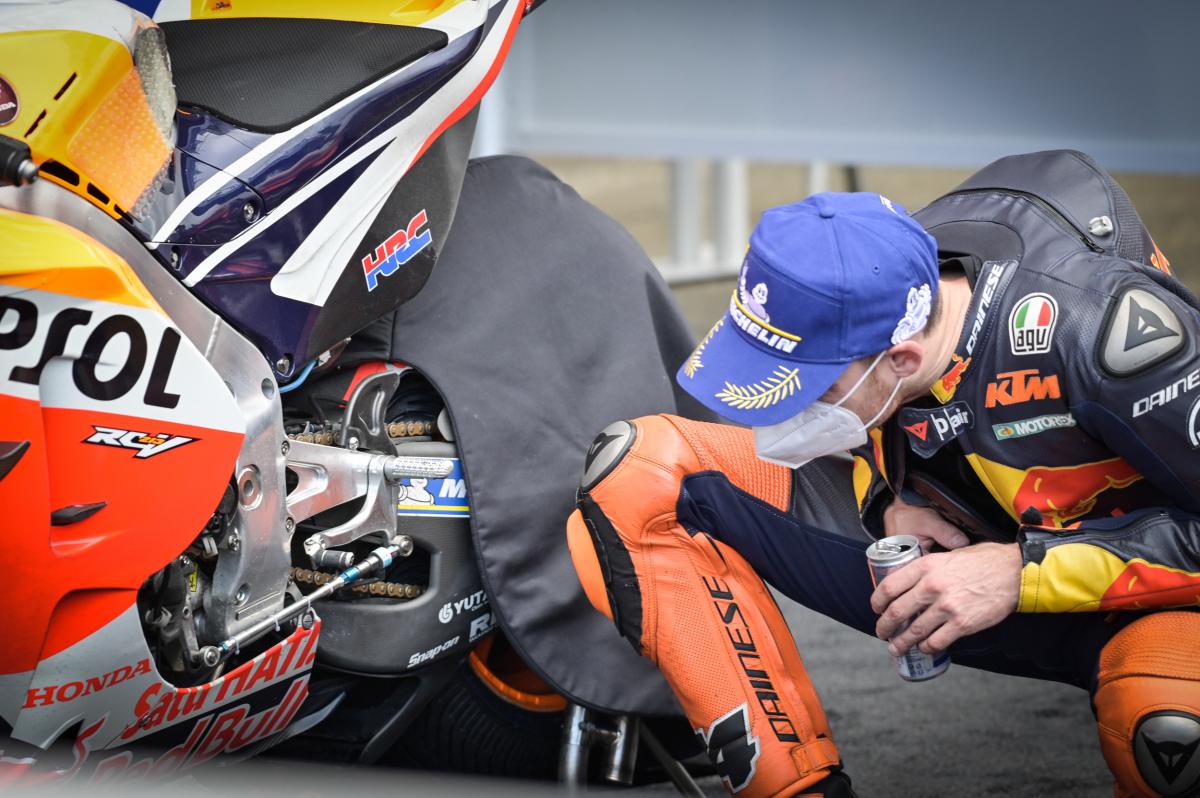
It was a rather original moment in the parc ferme after the race: Pol Espargaro takes a look – most likely at the suspension linkage – of the Honda he will ride next year. KTM is now the only manufacturer without a “Holeshot Device”. The one on the Honda is activated by a small hydraulic valve on the rear linkage, so Pol was most likely looking where it was.
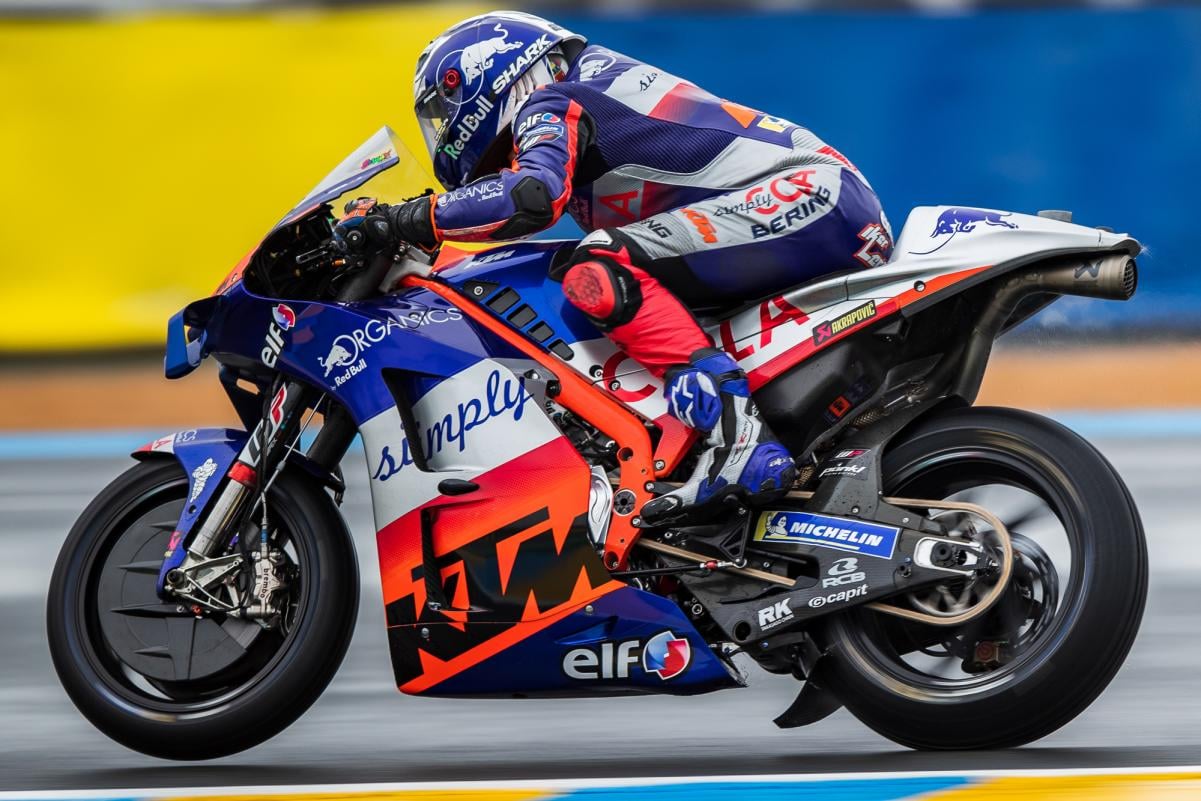
Apart from Pol Espargaro, Sunday was a relatively difficult day for KTM. Three of their four drivers took part in their first premier class race in the wet. Brad Binder said he had no grip at all, with Pol later explaining that it might have been because he was trying to get power with too much lean, which caused him to spin and s. wear out the tire.














